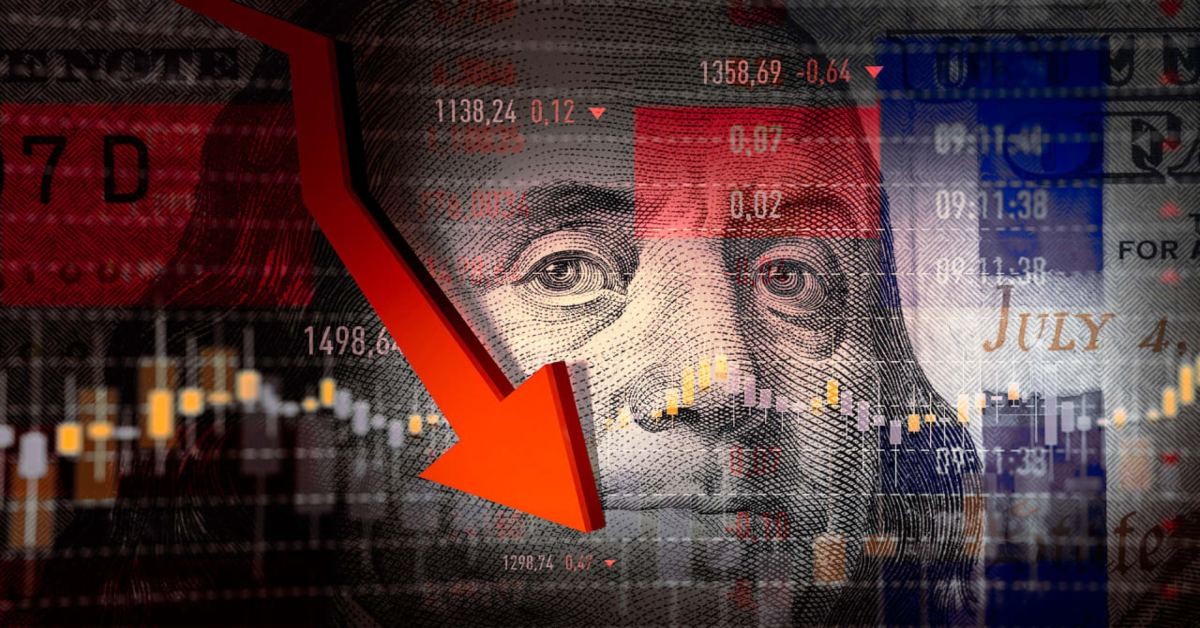Ruble in trouble, Gold above $1,900.
The new week started with risk aversion. USVIX opened above 30 and strengthened before easing with the beginning of peace talks between the two sides involved. On the fifth day after Russian forces entered Ukraine, delegations from the two sides have begun talks aimed at ending the war on the Ukraine-Belarusian border. This is while yesterday Ukrainian president, Mr. Volodymyr Zelensky had said that they are not going to talk in Belarussian, because they are also involved in the war, supporting Russia. Ahead of negotiations, Ukraine asked Russian troops to lay down their weapons and called for the EU to grant Ukraine membership in the EU.
Even if the situation is a bit calmer than earlier today, still safe-haven assets have rebounded, including the US dollar index and Gold. DXY opened higher above 97 before correcting towards 96.90. However, it is still much higher than Friday's closed area. And gold rose towards 1,931 and now even with some correction, still trading above 1,900. The risky currencies, including the euro and sterling, opened lower at 1.1129 and 1.3366, and are currently recovering and approaching Friday's closing price. US crude oil opened higher at 96.85 and has fallen slightly to below $95. Anyway, the worse reaction came from the Russian Ruble side. Ruble started the week more than 30% lower than Friday's close. Later Russian Central bank increased the rates to 20% from 9.5% to support the currency. This central bank's reaction helped the currency a bit and lifted that again, however, USDRUB still trading above 90.
On Friday, the United States, the European Union, the United Kingdom, and Japan issued a joint statement on sanctions against Russia, including banning Russia's use of the SWIFT international settlement system, imposing sanctions on Russia's central bank's foreign exchange reserves, the country's wealthy golden passports and more officials. In addition, Europe and the United States will also freeze the assets of Putin and the Russian foreign minister in their banks. Not only that, the European Union announced on Sunday that it would close its airspace to all Russian aircraft, and also announced that it would provide Ukraine with weapons and equipment and hope that Ukraine would join the European Union faster. On the Russian side, Putin's move to turn nuclear deterrent forces into special combat readiness has been condemned by the West as an "unacceptable escalation", which is also the root cause of risk aversion.
On the other hand, since the Russian economy is well connected to the global economy and both need each other, kicking out the Russian from the SWIFT, will put the global financial system at the risk. In the short term, sanctions will hit Russian international trades and capital flow will be greatly hindered. Although Russia has taken a de-dollar approach in the past, its supply of raw materials such as uranium, thorium, coking coal, durum wheat, etc. may still be limited. However, international markets also will be hit badly by the progress of these sanctions.
Russia supports almost 40% of gas used in Europe and about 25% of the Oil. If Russia will be under pressure, they can transfer this pressure on Europe also by reducing or cutting off gas supplies. Any tensions will increase the market risk and energy price, which will end with higher producer prices and inflation to transfer the higher prices to consumers.
Later this week BoC and RBA will have monetary policy meetings, and weeks the European Central bank and FED in the US will hold their policy meetings respectively at 10 and 16 of March. Higher inflation for sure increases the chance of rate hikes, while on the other hand, ongoing geopolitical tensions will slow down the economic recovery. And if central banks members conclude that economies still need their support, then we have to wait and see how they are going to solve the higher inflation risks.
On the stock markets and the leading indices, NASDAQ is back above 14,000 which is the key and psychological level and if the asset can hold this level, can increase the bull's chance. At the same time and as we can see in the bellow figure, the market volume is above the 20 MA line in both H1 and H4 chart and signaling that in the Daily chart also we can start seeing the uptrend.


















